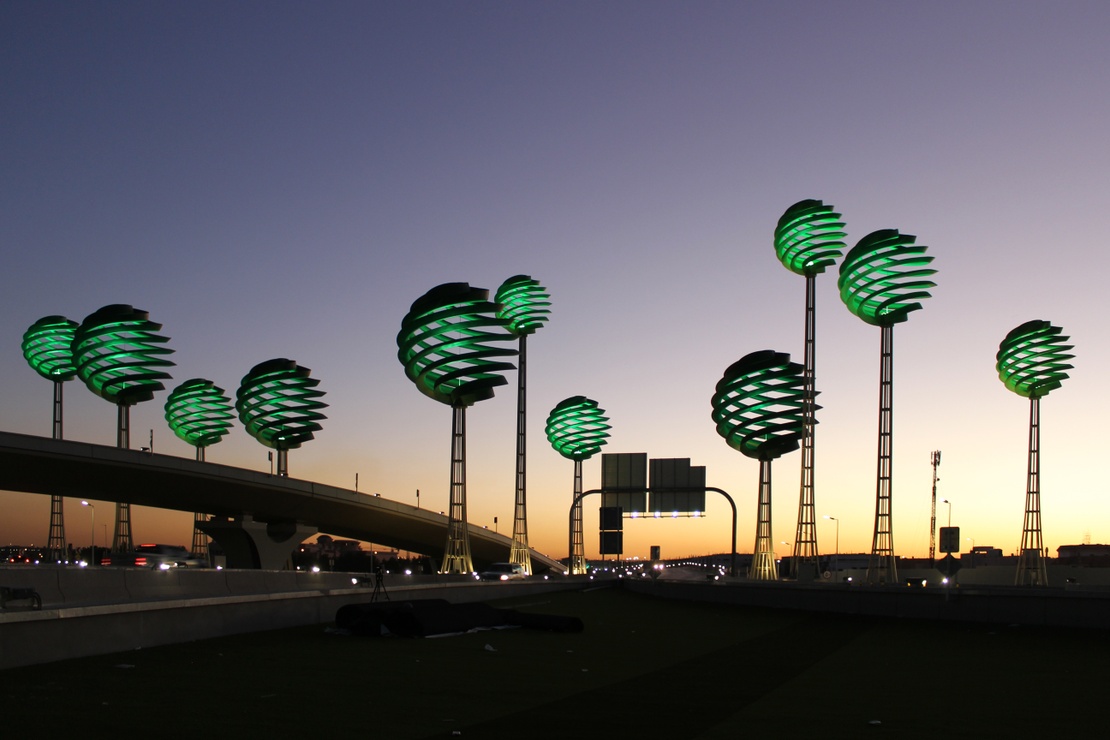The contextualization of lighting within the architectural project
Jan 21 2019
The need to contextualize lighting within the architectural space has given Lamp the opportunity to add value, not only with our product, but by developing custom lighting solutions for each application.
Lighting is the embodiment of duality: particle and wave, technical and artistic, quantitative and qualitative. In the Seventies, William M. C. Lam revealed the two major sets of needs that are resolved by lighting: those related to professional activities (quantitative lighting) and biological needs (qualitative lighting).
Qualitative lighting demands, related to our perceptual process, provide spatial information such as orientation, understanding and communication with the space and the environment.
Nowadays, architects and designers increasingly turn their eyes to vernacular architecture, retrieving and giving prominence to identity instead of generic design.
The concern for lighting, and for the leading role it plays in the dialogue with the environment, has led to an increasing number of projects in which standard lighting solutions cannot fully meet all the requirements of a lighting project designed in an integrated manner with the architectural project, in new constructions as well as renovations.
The need to contextualize lighting within the architectural space and respond to specific requirements, whether for conceptual reasons or for environmental needs, has given Lamp the opportunity to add value, not only with our product, but by developing custom lighting solutions for each application.
Within Lamp’s R&D division, we have a team solely dedicated to the development of special projects, or that evaluates projects individually, bringing all their "know-how" to offer the most optimal technical solutions, by means of adaptations to existing products or even with new developments, through several execution channels, in order to achieve the lighting solution required for each space:
- Formal adaptations (sizes, finishes, installation systems or special anchors, etc.);
- Technological adaptations (incorporation of sensors, IoT, certain regulation protocols, incorporation of emergency batteries, etc.);
- Lighting adaptations (special optics to obtain the exact light distribution that the design requires, a certain colour-rendering index, incorporation of specific LED types, etc.).
Some examples of this type of special adaptations or executions are:
- The change of finish of FIL MED lighting louvers for a smooth integration with the architectural space of Daniel Cosío Villegas Library, located in Mexico City, with lighting design by artec3 Studio.
- The incorporation of a curved glass roof in the SHOT LED projectors for the The Spheres project, in Riyadh (Saudi Arabia), thus preventing the accumulation of sand from the desert and the development of a tilt and turn mechanism. Moreover, in order to meet the requirements of the ALS lighting design, low voltage (48V) LED panels were designed, which alternate three colours: neutral white and green for the tree canopy, and warm white for the base.
- As for Manuel de Falla 7 building, by Allende arquitectos, awarded by COAM in 2017 for its entire renovation project of an existing building, and which also has the LEED Gold certificate, exclusive lighting requirements were set out for its interiors and external areas. In order to achieve a mindful, non-invasive lighting that is integrated with the architectural language and designed landscape, we developed the SUMMUN model, a versatile outdoor lighting design that responds to the different needs of garden areas (English garden patio, vertical garden and walking areas).




